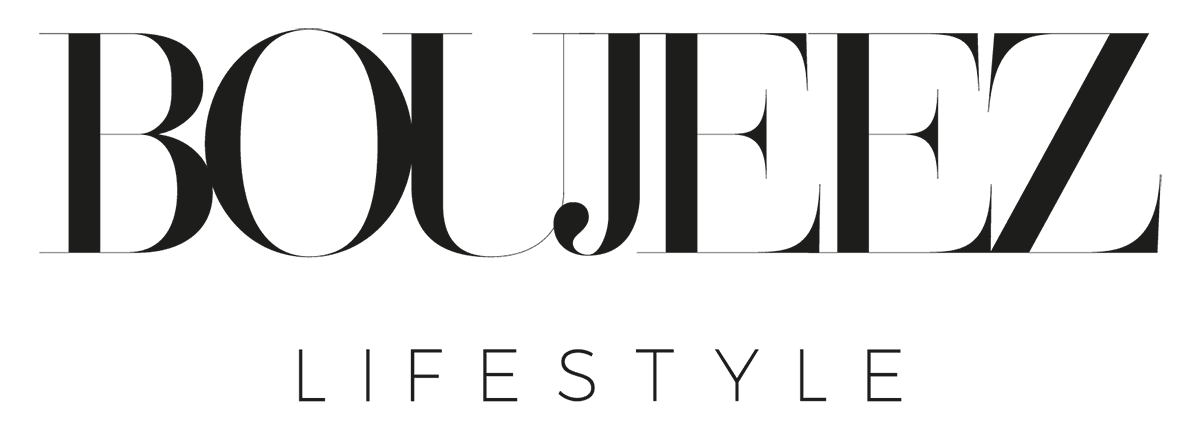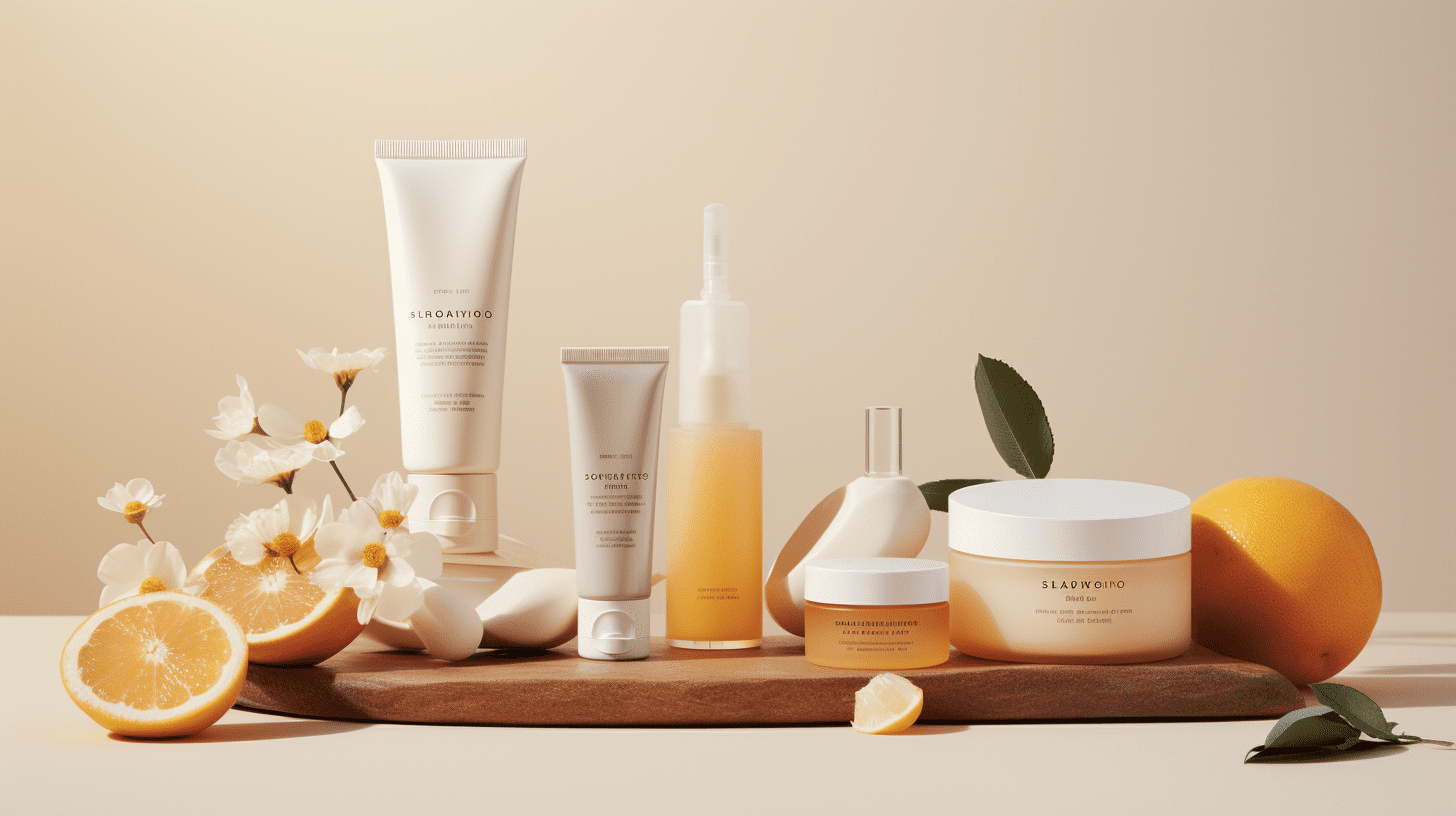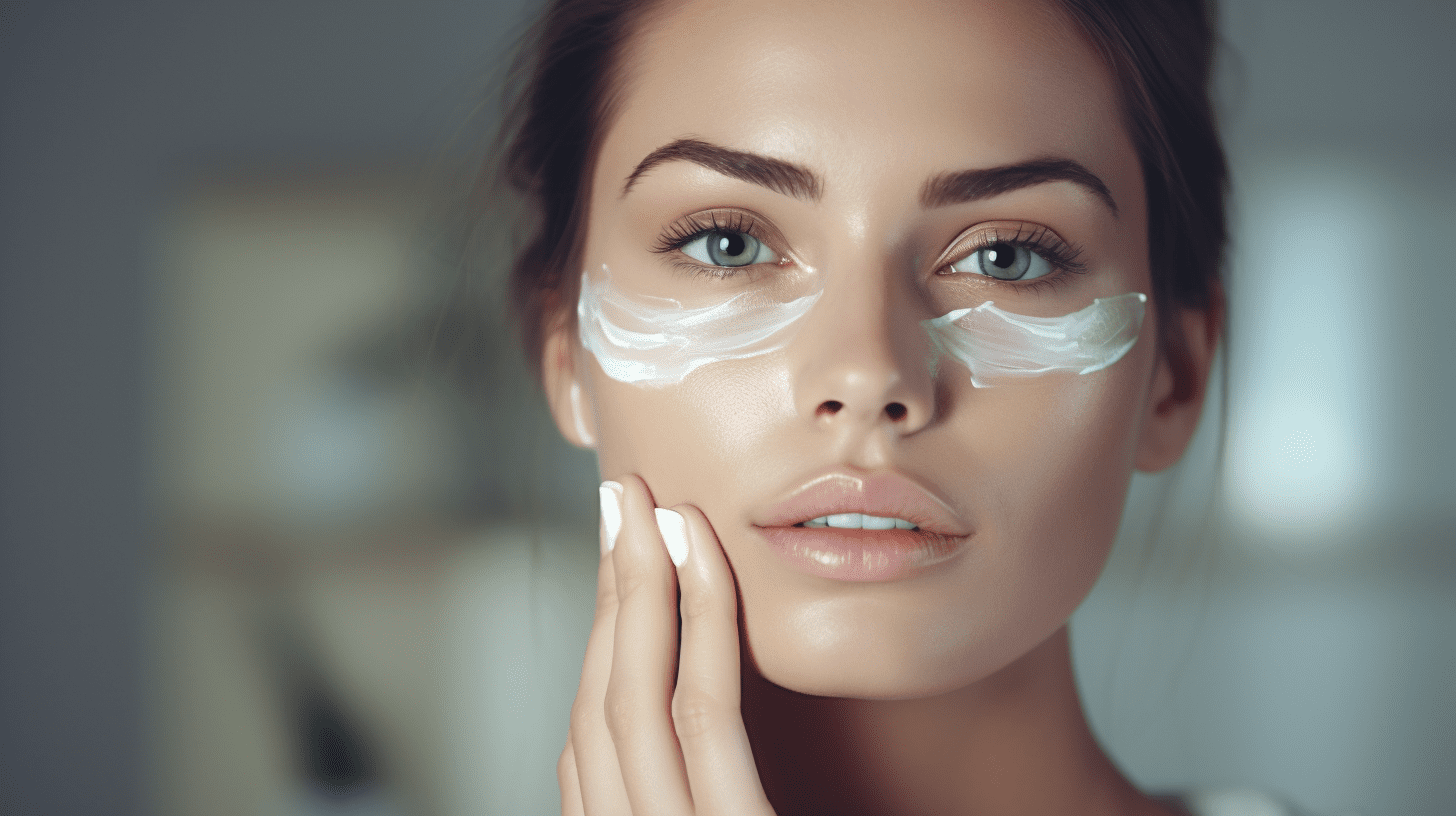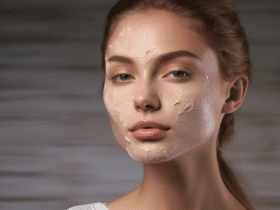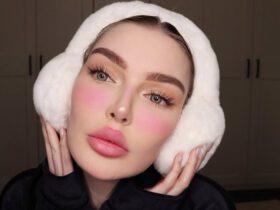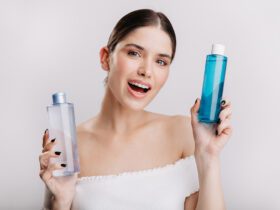In the ever-evolving landscape of beauty and skincare, the term “clean beauty” has emerged as more than just a buzzword—it’s a cultural zeitgeist. But what does it really mean, and why has it captivated the collective consciousness? This article aims to demystify clean beauty, delving into its origins, its significance, and its impact on both individual health and the global environment.
The Anatomy of Clean Beauty
Defining the Term
At its core, clean beauty is about transparency and safety. It’s a commitment to using ingredients that are not only effective but also ethically sourced and environmentally sustainable. Unlike the vague “natural” or “organic” labels, clean beauty is about full disclosure—brands are upfront about what’s in their products and why.
The Ingredients That Matter
Clean beauty brands often feature ingredients like hyaluronic acid from fermented plants, mineral-based sunscreens, and botanical extracts. These ingredients are chosen for their efficacy and their minimal impact on both your skin and the planet.
The Historical Context: How Clean Beauty Gained Momentum
The Catalysts
The clean beauty movement was catalyzed by a growing awareness of the harmful ingredients lurking in conventional beauty products. A 2004 study by the Environmental Working Group was a watershed moment, revealing that the average adult is exposed to 168 hazardous chemicals daily through cosmetics.
The Consumer Awakening
This revelation led to a consumer awakening. People started reading labels, questioning brands, and seeking out safer alternatives. The demand for clean beauty products skyrocketed, and the industry took notice.
Why Clean Beauty Matters: More Than Just Skin Deep
Health Benefits
Clean beauty products are formulated without harmful chemicals like parabens, sulfates, and phthalates. This reduces the risk of skin irritation, allergies, and even long-term health issues like hormonal imbalances.
Environmental Stewardship
Clean beauty goes beyond the individual—it’s about global responsibility. Brands in this space are committed to sustainable sourcing, cruelty-free testing, and eco-friendly packaging, often using materials like glass, aluminum, or recycled plastic.
The Market Landscape: A Booming Industry
According to a 2022 report by Grand View Research, the global clean beauty market is expected to reach $11.5 billion by 2025, growing at a CAGR of 9.2%. This isn’t a niche market anymore; it’s setting the industry standard, challenging even the most established brands to clean up their act.
The Cultural Shift: A Global Movement
Clean beauty is not confined to any one demographic or geography. It’s a global movement that resonates with people of all ages, genders, and ethnicities. It’s also a movement that intersects with broader issues of social justice and sustainability, as many brands are committed to ethical sourcing and fair trade practices.
The Future of Clean Beauty: What to Expect
With advancements in technology and an ever-growing consumer demand, the future of clean beauty looks promising. Expect to see innovations like AI-powered skincare diagnostics, blockchain for ingredient sourcing transparency, and zero-waste packaging solutions.
Conclusion
Clean beauty is not just a fleeting trend; it’s a paradigm shift in the beauty industry. It’s about making informed choices for your health and the planet. So the next time you pick up a beauty product, remember: clean beauty is not just skin deep—it’s a lifestyle choice that impacts us all.
